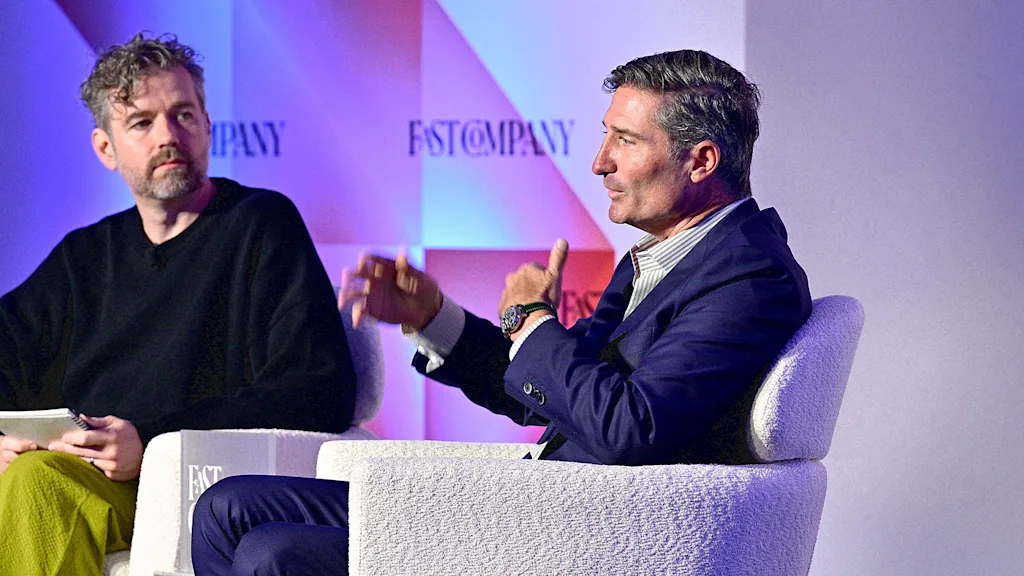Opinion | Hollywood’s Distortion Of Hindu Symbols: The Shadow Of Swastika & The Silence Of Gita
By Gautam Chintamani,News18
Copyright news18

Hollywood has always had a way of flattening differences. In the grand illusion of cinema, two things as far apart as night and day can, with the right framing, appear indistinguishable. The business of film thrives on archetypes, but sometimes the archetypes are chosen with so little care—or perhaps so much calculation—that they collapse distinct histories and philosophies into one misleading picture. As the world approaches the eightieth anniversary of the end of the Second World War, it is worth revisiting how Hollywood has systematically placed Eastern symbols into Western nightmares, encouraging audiences to see the sacred through the lens of the profane.
Two films, separated by more than sixty years, offer a striking study of this phenomenon: Stanley Kramer’s Judgment at Nuremberg (1961) and Christopher Nolan’s Oppenheimer (2023). Both films confront cataclysmic episodes in modern history—the Nazi crimes against humanity and the making of the atomic bomb—yet each imports Hindu symbols at decisive moments, almost as if to suggest that the moral ambiguities of the West and the spiritual legacies of the East occupy the same continuum. To the uninitiated viewer—and let us assume this is the overwhelming majority—these moments collapse cultural distances, turning difference into sameness.
Consider Judgment at Nuremberg, whose opening credits depict the shattering of a swastika. At first glance, the symbolism is unambiguous: the icon of Nazi horror reduced to rubble. Yet the image that lingers on screen is not the crooked, tilted hakenkreuz of Hitler’s Reich but the upright, balanced form of the Hindu swastika, a sacred sign of prosperity and cosmic order that predates Nazism by millennia. The misrepresentation is not trivial. Symbols are repositories of collective memory. The Hindu swastika embodies cycles of life, cosmic balance, and good fortune; it appears on thresholds, marriage rituals, and the opening pages of business ledgers. By confusing it with a twentieth-century emblem of genocide, the film extends the Nazi theft of the symbol into the cultural memory of the West. The original meaning is obscured, the millennia-old inheritance distorted.
This conflation continues to reverberate. In 2021, a bill introduced in the New York Senate proposed that schools teach the swastika as a hate symbol, without distinction. Hindu and Buddhist organisations protested, pleading for nuance, but the damage was already in place. Once a sign has been recast on screen, it tends to stay recast.
If Kramer’s film blurs visual iconography, Nolan’s Oppenheimer entwines philosophy with spectacle. In one of the film’s most startling sequences, Robert Oppenheimer quotes from the Bhagavad Gita not in the laboratory or the lecture hall, but in the intimacy of a sexual encounter. As Jean Tatlock presses him to read aloud from a Sanskrit verse, he recites Krishna’s cosmic proclamation: “Now I am become Death, the destroyer of worlds.” The scene conflates erotic vulnerability with spiritual revelation, suggesting that the scientist’s deepest confession emerges not through moral reckoning but through carnal intimacy.
The quotation itself has long been debated. Oppenheimer knew Sanskrit and genuinely engaged with the Gita. Yet in the film, the context trivialises the source. Krishna’s words on the battlefield of Kurukshetra are a divine disclosure of cosmic duty and the eternity of the soul; they are not an endorsement of technological annihilation. By placing this moment in a boudoir rather than a battleground, the film distorts not just the scripture but its moral gravity. More troubling is the film’s broader posture.
Nolan’s portrait of Oppenheimer is sympathetic, even indulgent. The architect of the atomic bomb emerges as a tragic genius, crushed by politics and scapegoated by lesser men. The deaths at Hiroshima and Nagasaki recede into abstraction, almost footnotes to the protagonist’s inner torment. The climactic scene with President Truman, who dismisses Oppenheimer as a “crybaby,” allows the audience to pity the scientist while diverting attention from the annihilated civilians. The film invites us to grieve for the maker, not the victims. Hardly surprising then that the studios were clear in not releasing the film in Japan in its initial run – a market that for long has been second home for Hollywood.
In this reframing, Eastern philosophy functions as an alibi. The Gita becomes the text that gives Oppenheimer a language for his burden, as if the destruction of worlds could be sanctified by scripture. The appropriation universalises the bomb: no longer the invention of one nation’s scientists, but the cosmic destiny of humankind.
The misappropriation of Hindu symbols is not an isolated case. Hollywood has long repurposed Asian traditions, plucking them from their contexts and suturing them into Western narratives where their meanings are inverted or hollowed out.
As the world marks eighty years since the end of the Second World War, it is crucial to remember not only the horrors perpetrated but the symbols misused in their narration. The hakenkreuz was not the swastika; the Gita was not a manual for atomic warfare. Each had meanings far older, richer, and more humane than the distortions allowed.
These are not small distortions. Why do they persist? One answer lies in Hollywood’s appetite for the exotic. For decades, India, Japan, and China have been backdrops of mysticism, storehouses of symbols repurposed to lend profundity or menace.
Another answer is more unsettling. By blurring the sacred with the profane, Hollywood erodes the capacity for distinction itself. If the Hindu swastika and the Nazi cross are interchangeable, if Krishna’s revelation and the mushroom cloud are comparable, if Bushido is nothing more than gangster loyalty, then moral categories collapse. The West’s darkest deeds can be cloaked in Eastern wisdom, while the East’s oldest traditions are dragged into the West’s nightmare.
This was never a mere accident. Hollywood has long been an unofficial arm of the American state. FBI files and Cold War records show cultural appropriation was part of the soft-power playbook: projecting American myths while bending other civilisations’ icons inward. When the swastika is recast as eternal evil, or the Gita becomes the language of apocalypse, the damage is geopolitical.
A generation in India grows up unsure of what belongs to them, quick to doubt their inheritance. And the irony is unbearable: heirs to millennia of civilisation outsourcing their doubts to California while their certainties wither at home. Unless we wake up to these distortions, the oldest philosophies in the world will survive only as Hollywood subtitles — mistranslated, misused, and mistaken for someone else’s truth.
The writer is a film historian. Views expressed in the above piece are personal and solely that of the author. They do not necessarily reflect News18’s views.



